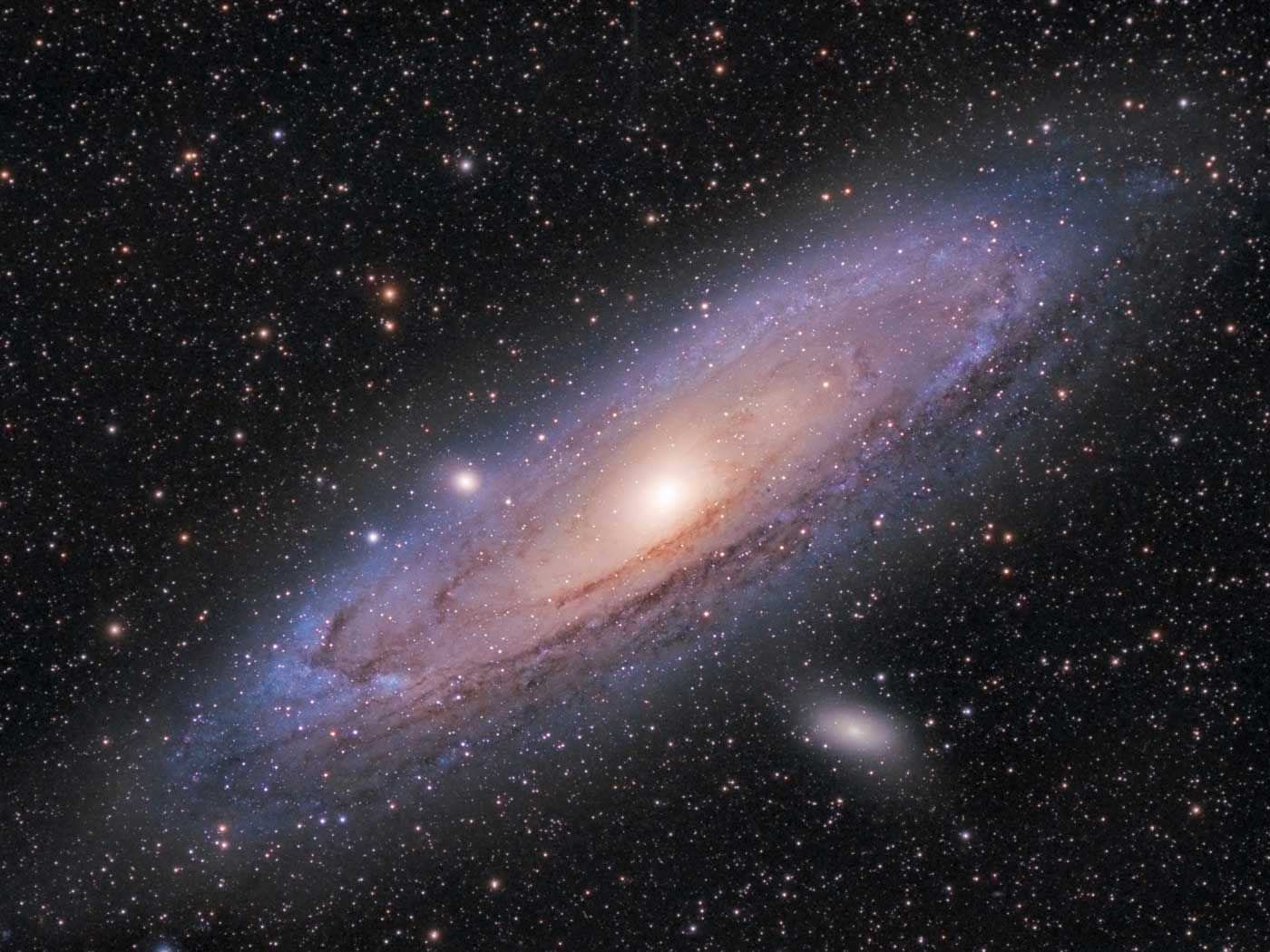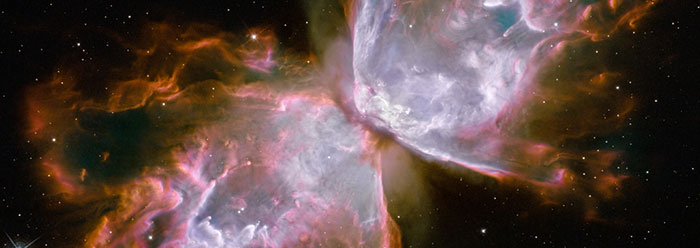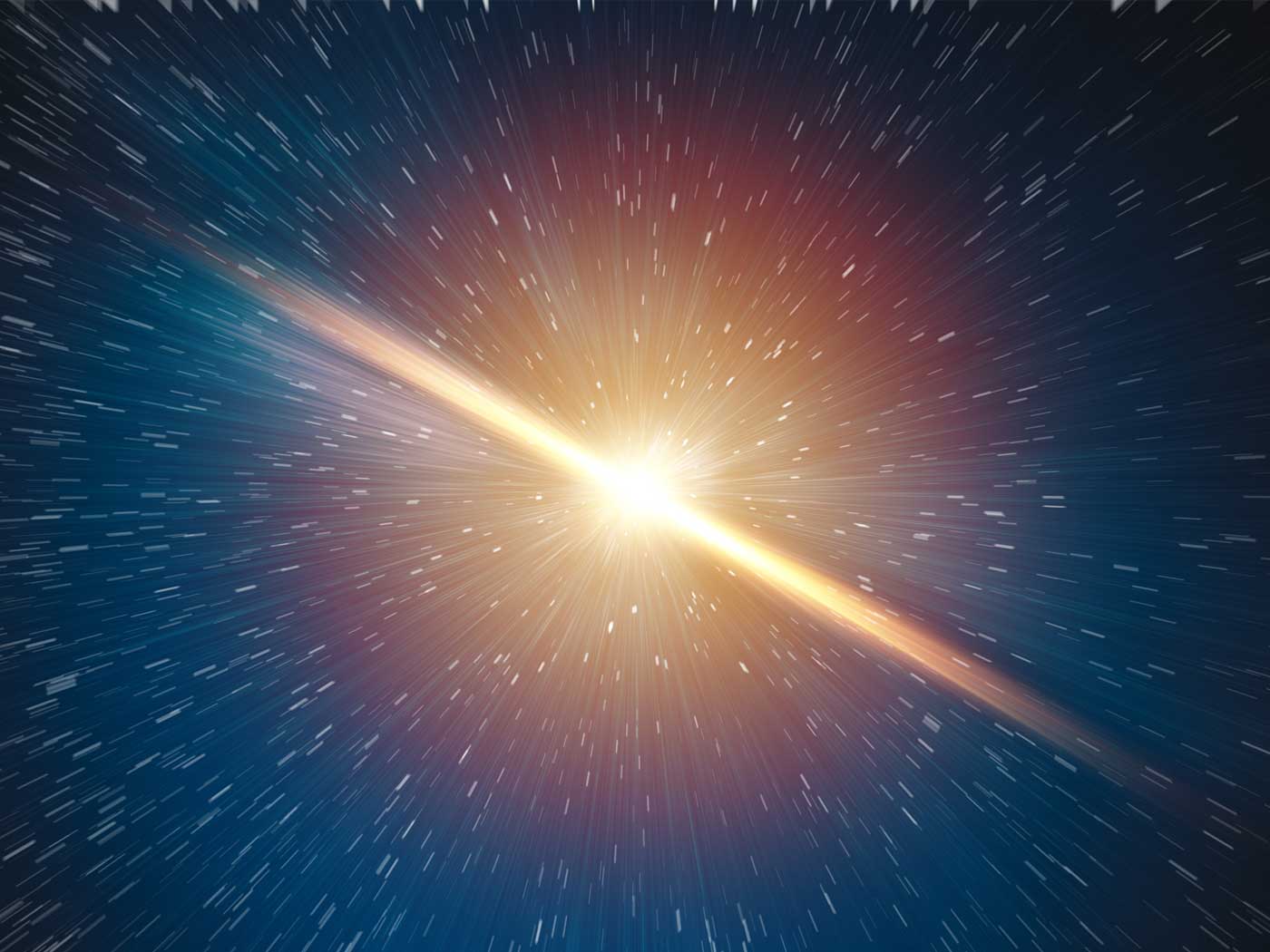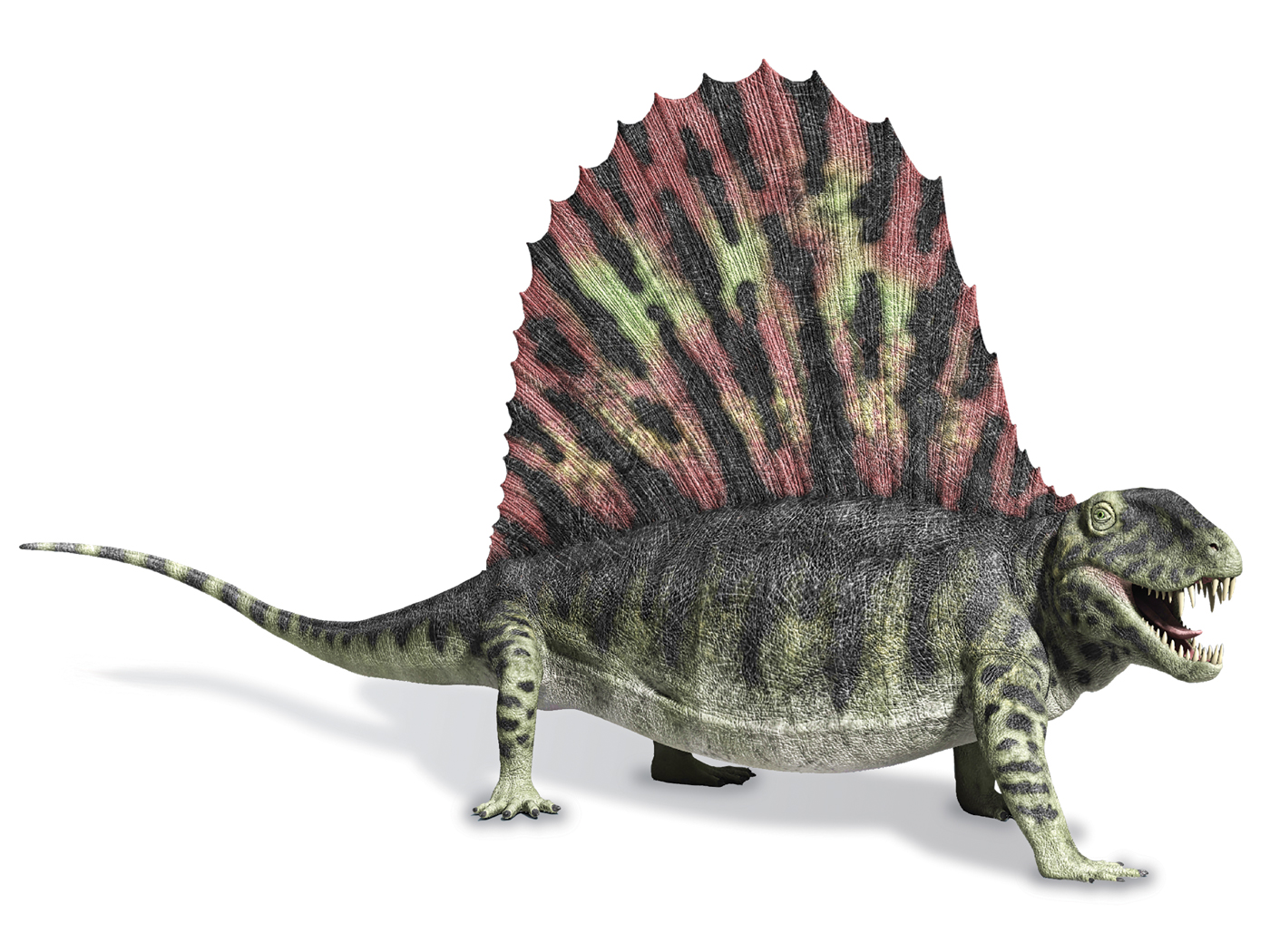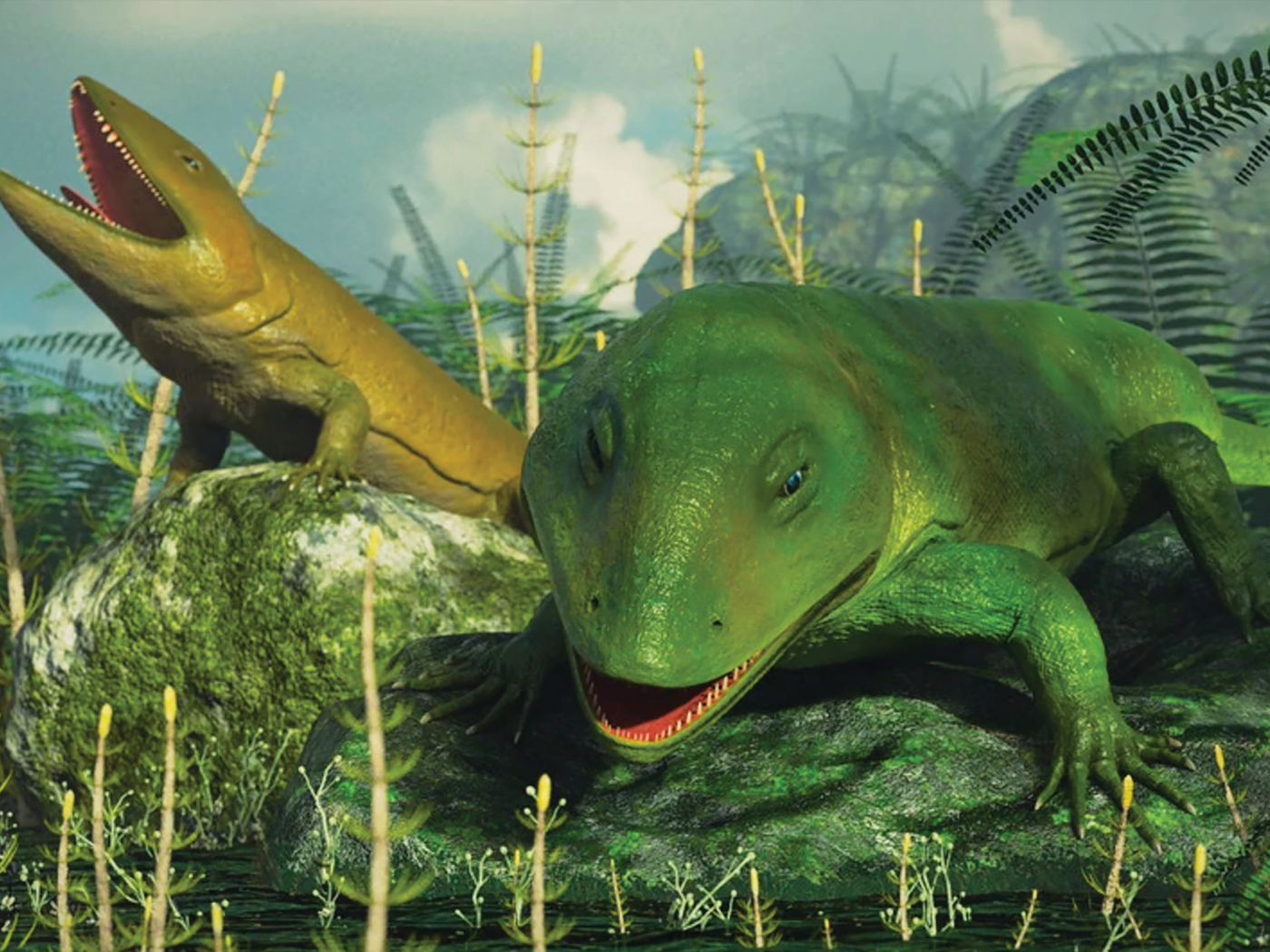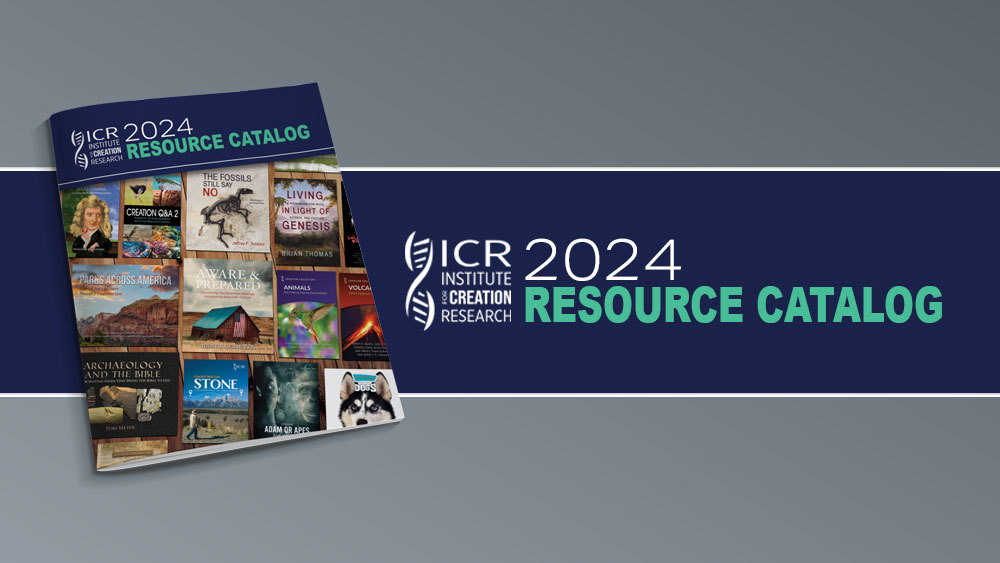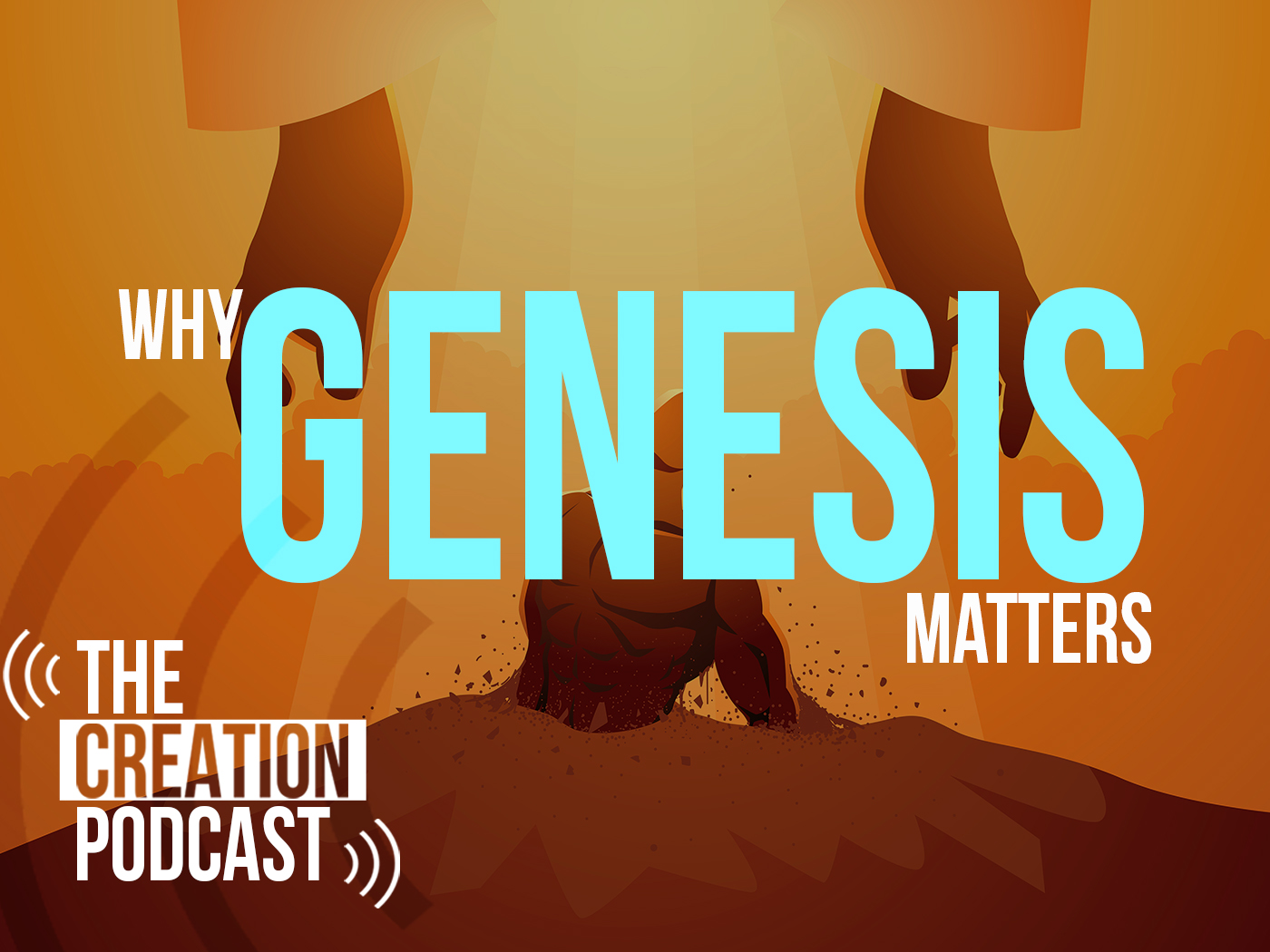Data obtained by the James Webb Space Telescope (JWST) continue to challenge expectations of Big Bang proponents.1,2
The JWST is designed to “see” in the infrared portion of the electromagnetic spectrum, just outside the range of visible light. Since redshifts3 ‘push’ most of the light from distant galaxies into the infrared part of the spectrum, the JWST can obtain better images of these very distant galaxies than if it were viewing them in visible light. In fact, the images obtained by the JWST are even more spectacular than the brilliant images obtained by the Hubble Space Telescope.
As noted in a previous Creation Science Update4 and Impact article,5 data from the JWST show that distant galaxies look more ‘mature’ and ‘developed’ than predicted by Big Bang theorists. Big Bang astronomers assume light from the most distant galaxies took almost 14 billion years to reach Earth. Although this may sound reasonable, creation scientists think this assumption is open to challenge.6 But in any case, by Big Bang reckoning, we should be seeing these very distant galaxies—not as they are now, but as they were almost 14 billion years ago. Hence, these galaxies should appear very “unevolved” and “immature.” Yet, this expectation is routinely contradicted,7-9 and data from the JWST are making the disagreement even worse.
Big Bang theorists are being forced to quickly revise their predictions. In a previous article, I noted that, just ten years ago, NASA was claiming that the universe’s first stars formed about 400 million years after the Big Bang.5 Actually, I was overly generous in my estimate: NASA was apparently making this claim as little as two years ago.10 Yet, a Nature article published just last year stated that the first stars formed “perhaps around 250 million years after the Big Bang.”11 So within just the last two years, Big Bang theorists have had to push back the estimated “date” for the first stars by about 150 million years, from 400 to 250 million years after the supposed Big Bang.
The supposed dates of the formation of the earliest galaxies are also being pushed back. That same Nature article stated, based on analysis of JWST data, that galaxies were already in existence “a few hundred million years [i.e. about 300 million years] after the Big Bang.”11 Yet Big Bang scientists are now claiming, just months later, that the first galaxies could have formed as early as 200 million years after the Big Bang.1
Are you seeing a pattern? Big Bang theorists have to keep “pushing back” the times at which the first stars and galaxies supposedly appeared, because no matter how deep we look into space, stars and galaxies already exist! This puts increasing stress on the Big Bang model. Mainstream astronomers claim that stars and galaxies form ‘naturally’ over millions of years and that the Big Bang occurred 13.8 billion years ago. So, by their reckoning, no star or galaxy can possibly be more than 13.8 billion years old. But as the supposed ages of the first stars edge closer and closer to 13.8 billion years, there is less and less ‘time’ for natural processes to ‘make’ stars and galaxies, even if one ignores the scientific problems with naturalistic star and galaxy formation theories.
Second, more powerful telescopes should allow astronomers to look deeper and deeper into space and (presumably, by Big Bang reckoning) further and further back in time. If the Big Bang is correct, telescopes may become powerful enough that we should be able to see ‘times’ when no stars or galaxies exist. But what if stars and galaxies exist, no matter how far out we look? What if no part of the visible universe fails to contain stars or galaxies? Will Big Bang proponents admit that the Big Bang has been disproven?
Despite the denials of a world that is in increasing rebellion against its Creator, the heavens do indeed testify of God’s glory and their supernatural creation by the Lord Jesus Christ, exactly as described in Scripture.12
References1. Stann, E. Astronomers suggest more galaxies were formed in the early universe than previously thought. Phys.org. Posted on phys.org January 9, 2023, accessed January 10, 2023.
2. Auburn, L. New study reveals wide diversity of galaxies in the early universe. Phys.org. Posted on phys.org January 9, 2023, accessed January 10, 2023.
3. A redshift is a stretching of wavelengths of light toward longer (or redder) wavelengths. This stretching is usually attributed to an inferred expansion of the universe.
4. Hebert, J. James Webb Telescope Data: Challenges for the Big Bang? Creation Science Update. Posted on ICR.org September 5, 2022, accessed January 10, 2023.
5. Hebert, J. 2022. James Webb Telescope vs. the Big Bang. Acts & Facts 51 (11).
6. Humphreys, D. R. Toward a More Biblical Cosmology. Gateway Creation Conference. YouTube. Posted on youtube.com November 22, 2021, accessed January 10, 2023.
7. Thomas, B. 2011. ‘Old’ Galaxy Found in ‘Young’ Part of the Universe. Creation Science Update. Posted on ICR.org May 24, 2011, accessed August 22, 2022.
8. Hebert, J. 2020. ‘Early’ Spiral Galaxy Surprise. Creation Science Update. Posted on ICR.org May 1, 2020, accessed August 22, 2022.
9. Hebert, J. 2020. Most Distant Rotating Disk Galaxy Challenges Secular Models. Creation Science Update. Posted on ICR.org May 28, 2020, accessed August 22, 2022.
10. A NASA Big Bang timeline image, first produced around 2006, states that the first stars formed about 400 million years after the Big Bang. However the age of the universe of 13.77 billion years cited on the poster was calculated and published in 2021. Thus, just two years ago, NASA claimed that the universe’s first stars formed about 400 million years ago.
11. Witze, A. Four revelations from the Webb telescope about distant galaxies. Nature. Posted on nature.com July 27, 2022, accessed January 10, 2023.
12. Genesis 1, Psalm 19:1-2, John 1:1-2, and Colossians 1:16.
* Dr. Hebert is Research Scientist at the Institute for Creation Research and earned his Ph.D. in physics from the University of Texas at Dallas.




